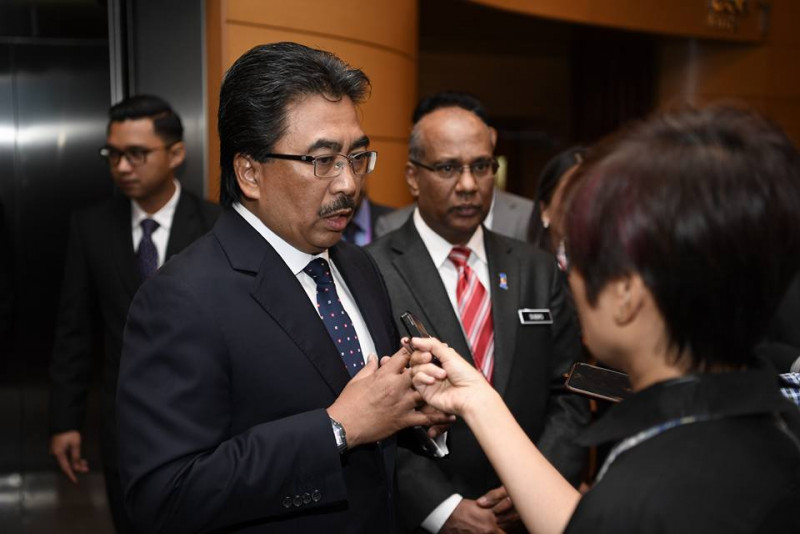MALAYSIA is using Expo 2025 Osaka as a platform to advance its ambition of becoming a global benchmark for sustainable commodity production, with a spotlight on the enhanced Malaysian Sustainable Palm Oil (MSPO) 2.0 certification and downstream trade partnerships.
The Ministry of Plantation and Commodities (KPK) is leading the push, alongside the Malaysian Palm Oil Board (MPOB), with the aim of strengthening palm-based exports into the Japanese market, including value-added products such as specialty fats, red palm oil, tocotrienols, and biomass-based fibreboard for housing and furniture.
“MSPO 2.0 is Malaysia’s bold declaration to the world that we are serious about transforming our commodity sector in line with global expectations,” Plantation and Commodities Minister Datuk Seri Johari Abdul Ghani said in a statement released by the Ministry of Investment, Trade and Industry (MITI) on Friday.
“Sustainability is no longer an option in trade; it is a prerequisite. We are embedding sustainability at every level, from smallholder farms to export shelves.”
The updated MSPO standard, MS 2530:2022, now includes stricter safeguards for deforestation, greenhouse gas emissions, labour rights, and high conservation value (HCV) areas. Malaysia has already certified 86 per cent of its palm oil landscape and is targeting 95 per cent certification by the end of 2025.
MSPO’s credibility was further boosted by a new collaboration with Japanese retailer AEON, supported by the Global Alliance for Sustainable Supply Chain (ASSC), which is promoting MSPO-labelled products across its member companies, including Meiji, Ajinomoto and KAO.
To support implementation, RM50 million has been earmarked under Budget 2025 for nationwide MSPO compliance, especially to assist independent smallholders with audits, technical support and traceability tools.
Beyond palm oil, Malaysia is also promoting kenaf – a fast-growing industrial crop valued for its CO₂ absorption and biodegradability – as part of its broader sustainable commodity strategy. With the global kenaf market projected to exceed USD10 billion by 2032, Malaysia is working to ensure traceability and certification systems are in place to support responsible growth.
During KPK Week at the Expo, five Memoranda of Understanding (MoUs) were signed across various sectors, including palm biomass, sustainable pepper, cacao, and kenaf innovation. These reflect Malaysia’s multi-sectoral approach to sustainable economic diplomacy.
Malaysia’s presence at Expo 2025 Osaka is being led by the Ministry of Investment, Trade and Industry (MITI), coordinating efforts from over 21 ministries and 70 agencies under a unified national pavilion themed “Weaving a Future in Harmony”.
Designed by acclaimed Japanese architect Kengo Kuma, the 2,654.52-square-metre pavilion draws inspiration from Malaysia’s iconic songket weaving tradition, symbolising the interconnection between heritage and innovation. Its three thematic pillars – Human and Human, Human and Technology, and Human and Nature – are guided by the values of harmony, diversity, progress, and sustainability.
Over the 26-week expo, the pavilion will host business weeks featuring state governments, product launches, forums, MoU signings, and networking events, aimed at positioning Malaysia as a forward-looking and environmentally conscious trade and investment partner.
To date, Malaysia has secured 68 per cent of its RM13 billion target in trade and investment leads at Expo 2025. – June 13, 2025


AloJapan.com